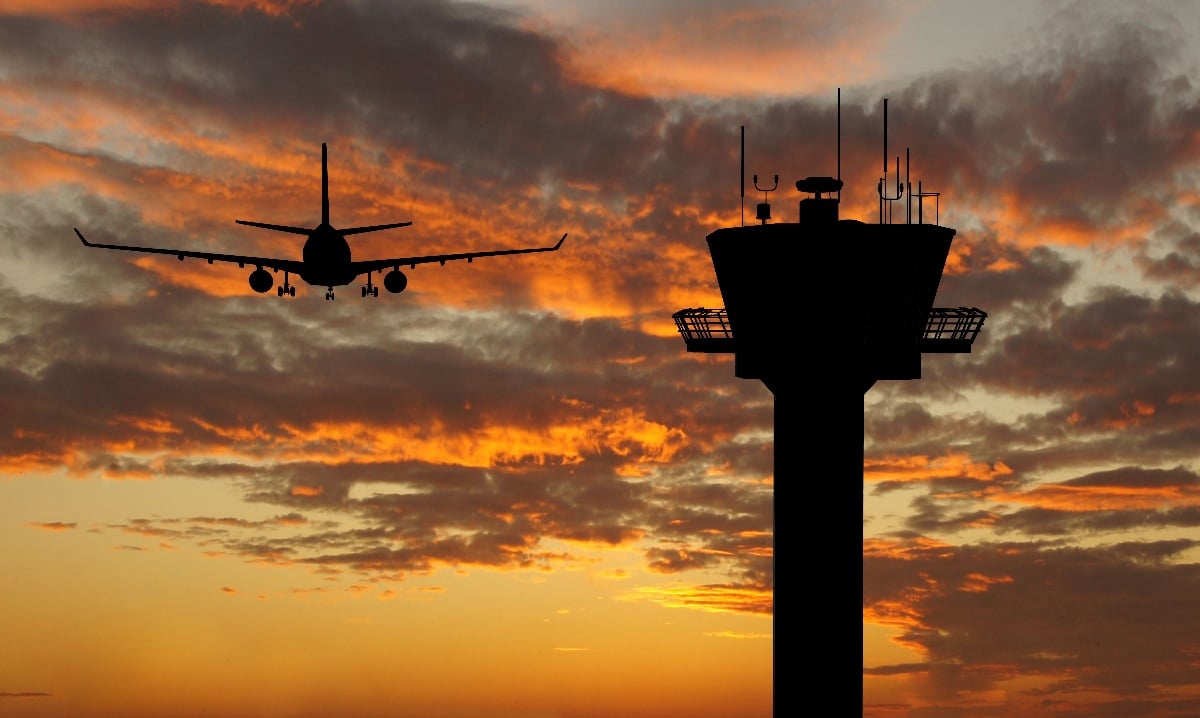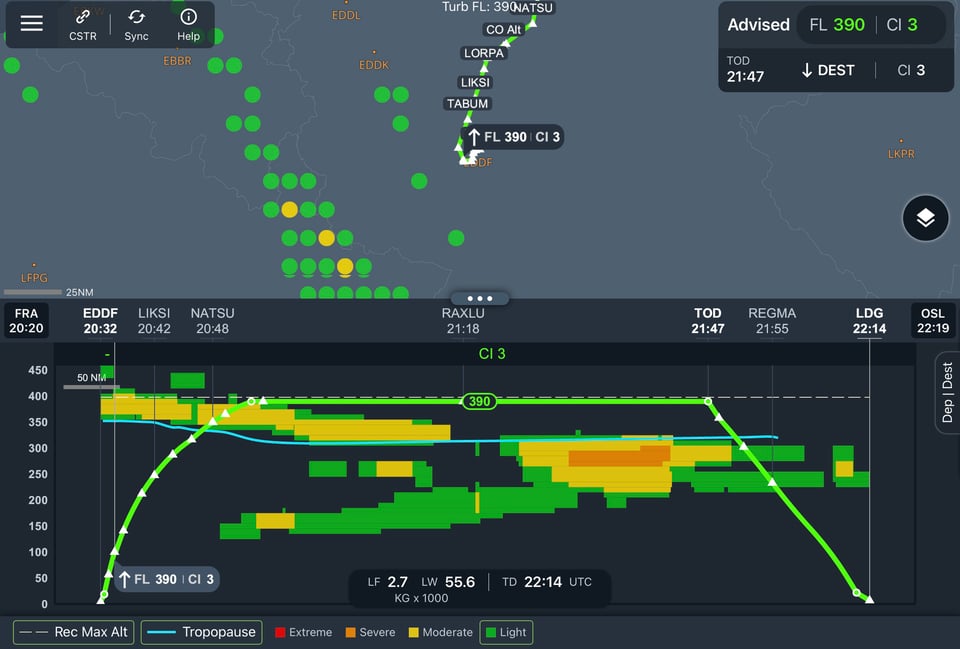How PACE’s Research Team Uses Pacelab FPO to Advance Climate Research

PACE has contributed to the advancement of climate research around the world for decades. Our research teams are still deeply involved in several such research projects today.
But how exactly do we contribute to the advancement of climate research? One way is with our Flight Operations app, Pacelab FPO. Before we get to that, however, you probably need a bit of background.
What Is Pacelab FPO?

Pictured above: The gorgeous user interface of Pacelab FPO
Although the powerful features of Pacelab FPO are well-known in our niche community of aerospace and aviation experts, the everyday public might need a bit of background.
You can compare Pacelab FPO to the navigation systems we all use in automobiles in that the application identifies and advises the most efficient way to fly under all given conditions and continuously searches for a better solution.
However, that's where the comparison ends. Pacelab FPO goes beyond navigation and also enhances the collaborative decision-making between pilots, dispatchers, and air traffic control (ATC).
Essentially, Pacelab FPO is an Electronic Flight Bag (EFB) application that makes it easier for everyone to make better trajectory decisions during flight.
As a major part of the operational efficiency strategies employed by many of the world’s biggest airlines, Pacelab FPO, FPO Cloud, and their sister application FPO•SR (developed in conjunction with Nexteon’s SmartRoutes) inform pilots on the best ways to reduce emissions, save fuel, and avoid weather. They also enhance communication between crews and dispatchers, so that everyone is on the same page in the air and on the ground.
Our Pacelab software solutions help airlines to be more ecologically and economically efficient. Pacelab FPO finds the best ways for a given aircraft to fly a given route, and FPO•SR not only optimizes the vertical trajectory, but also suggests optimized alternatives laterally as well.
While Pacelab FPO has a proven use case for airlines, it is also extremely useful in climate and sustainability research. With its flight optimization capabilities and links to global weather data and other systems, it can be used in scientific research that requires the testing and analysis of specific flight trajectories.
One such example is Germany-based D-KULT (Demonstrator Klima- und Umweltfreundlicher Lufttransport). The project is conducted in cooperation with Deutsche Flugsicherung (DFS), Deutscher Wetterdienst (DWD), the Deutsches Zentrum für Luft- und Raumfahrt (DLR), and other partners. The aim of D-KULT is to determine the feasibility of eco-friendly flight trajectories in which Pacelab FPO is used to identify and test the best, most viable trajectories for air traffic. This brings us to the next question.
What Is D-KULT?
-1.jpg?width=960&height=641&name=Tower%20Berlin%20Brandenburg%20(%C2%A9%20DFS%20Deutsche%20Flugsicherung%20GmbH)-1.jpg)
Pictured above: "Tower Berlin Brandenburg" courtesy of DFS Deutsche Flugsicherung GmbH
The D-KULT project started in June 2022 and will run for three years. The aforementioned flight trajectories will be tested via various demonstrators, i.e., aircraft or simulators used in the analysis and optimization of specific flights.
Put simply, D-KULT conducts research on how to avoid contrails, noise, and other impacts on the environment. Its main goal is to evaluate climate impact, effects on operational costs and other aviation-related indicators.
How Does PACE Work with D-KULT?

Pictured above: Aerial panorama of foggy sky with contrails
PACE’s part in all this is that we support the definition and optimization of flights so that they avoid contrails holistically in real time during flight in the most cost-effective way for the airline. We also support the definition and validation of the demonstrators and employ FPO Cloud to generate the most efficient trajectories. Specifically, we support two streams of D-KULT research.
The first stream aims to optimize the given flight trajectories in such a way as to minimize climate and noise impacts while still adhering to all safety regulations and considering operational costs. The flight trajectories are optimized for numerous factors, including economic demand for flights and input from weather data to flight planning and in-flight optimization as well as air traffic control guidance. The flights will be conducted in a simulator and in real flight operations.
In the second stream, DFS redirects the real air traffic over Germany in flight trials to observe how best to avoid persistent contrails when possible. The success of this approach will be measured using satellite and surface observations. It will take into consideration influences on operational procedures related to safety and capacity and validate weather forecast data.
This might sound complicated, and it is! However, with more than 25 years of experience in the aerospace industry and our crack team of aviation experts, PACE is more than up for the challenge!
For more information on Pacelab FPO and its sister applications, please visit the Pacelab FPO product. To stay up-to-date on all things PACE, including Pacelab FPO, don’t forget to follow us on LinkedIn and subscribe to PACE communications.


